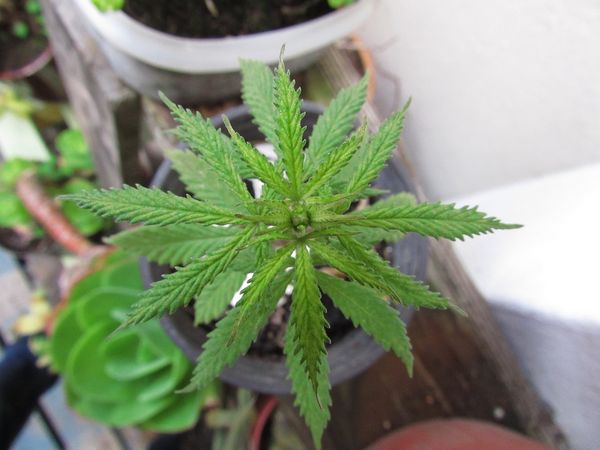- To get the most out of the marijuana plant and its consumption, more than a few factors come into play.
- Among them, it is essential to know and understand its qualities and the processes through which it passes.
- Decarboxylation is worthy of serious consideration as a way to neutralise the plant’s unwanted effects.

Although it may sound arcane, the decarboxylation process is actually well known. After all, it is nothing more than the chemical reaction responsible for converting THCA into THC. While both share many properties, it is the latter which gives the cannabis plant its psychoactive effects. During decarboxylation THCA loses its carbon group (COOH), to generate the cannabinoid THC, while also releasing water and carbon dioxide during the process.
When consuming cannabis, smoked or vaporised, decarboxylation occurs directly due to the heat that is applied, but when it comes to other types of consumption more care must be taken. If the way you are going to consume does not include this kind of heat, yet you hope to experience psychoactive effects, you will have to get down to work to enjoy your marijuana in all its glory.

In order to contribute to the process, there are two factors that must be taken into account: temperature and the time you plan to devote. Although the higher the temperature, the less time you will have to spend, the lower the temperature, the fewer the terpenes that are lost, responsible for giving the plant its characteristic aroma.
The operation is, therefore, a question of balancing the two variables. Performing the procedure in an oven, at a temperature from 100-120⁰ C, for 30 minutes to one hour, is usually recommended. However, everything depends on your consumption and the effects you hope to obtain.
For example, if the procedure takes a long time, contact with the air will turn the THCA into CBNA, which causes the cannabis to contain less THC and more CBD, meaning more therapeutic properties but fewer psychoactive ones.
By carefully calculating time and temperature one can consume cannabis in a much more customised way. In short, learning about the plant's chemical properties and reactions will allow you to predict the effects its consumption will have on you, and to get it right when it comes to choosing what is best suited to your needs.



Comments from our readers
There are no comments yet. Would you like to be the first?
Leave a comment!Did you like this post?
Your opinion about our seeds is very important to us and can help other users a lot (your email address won't be made public).